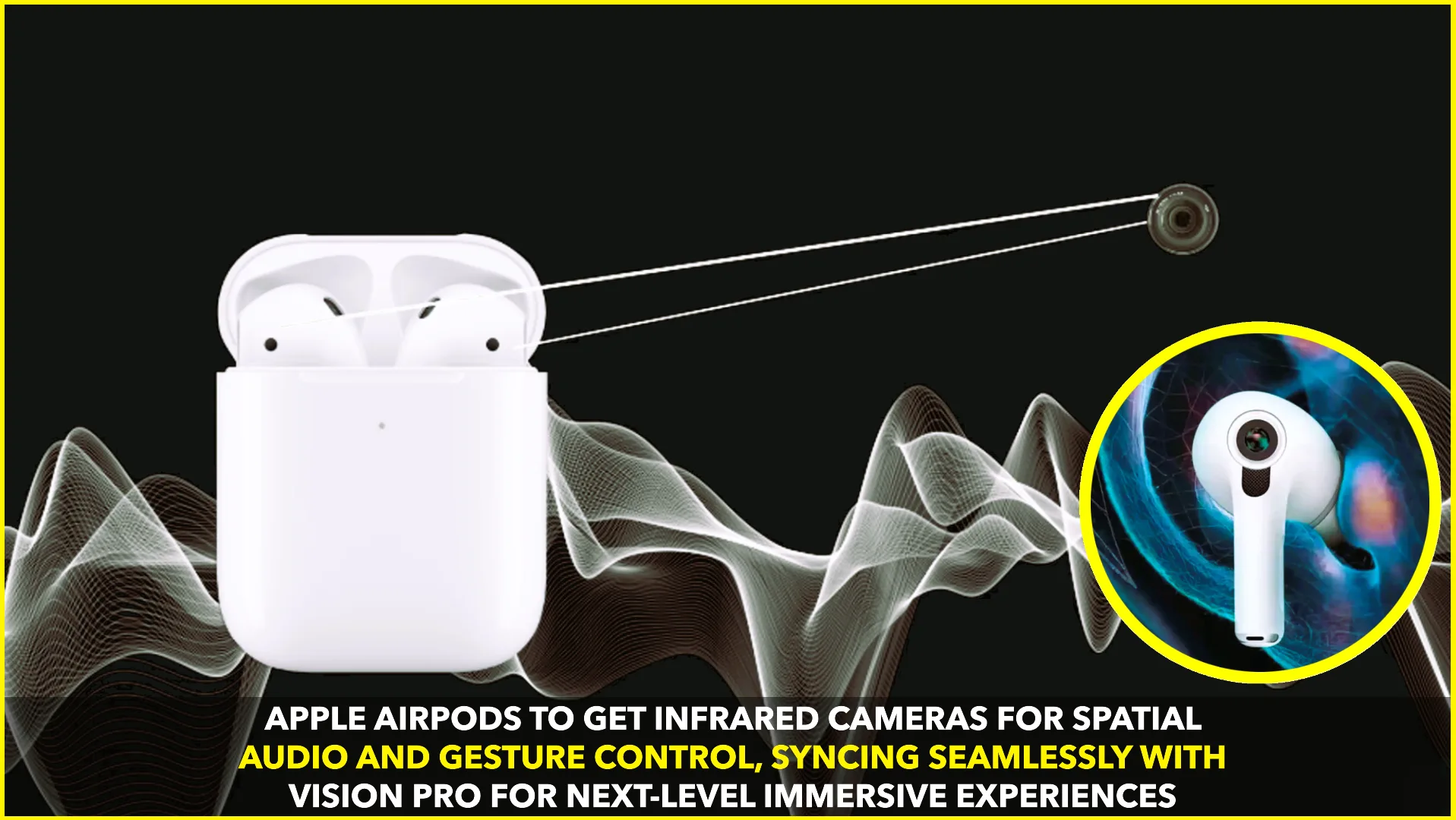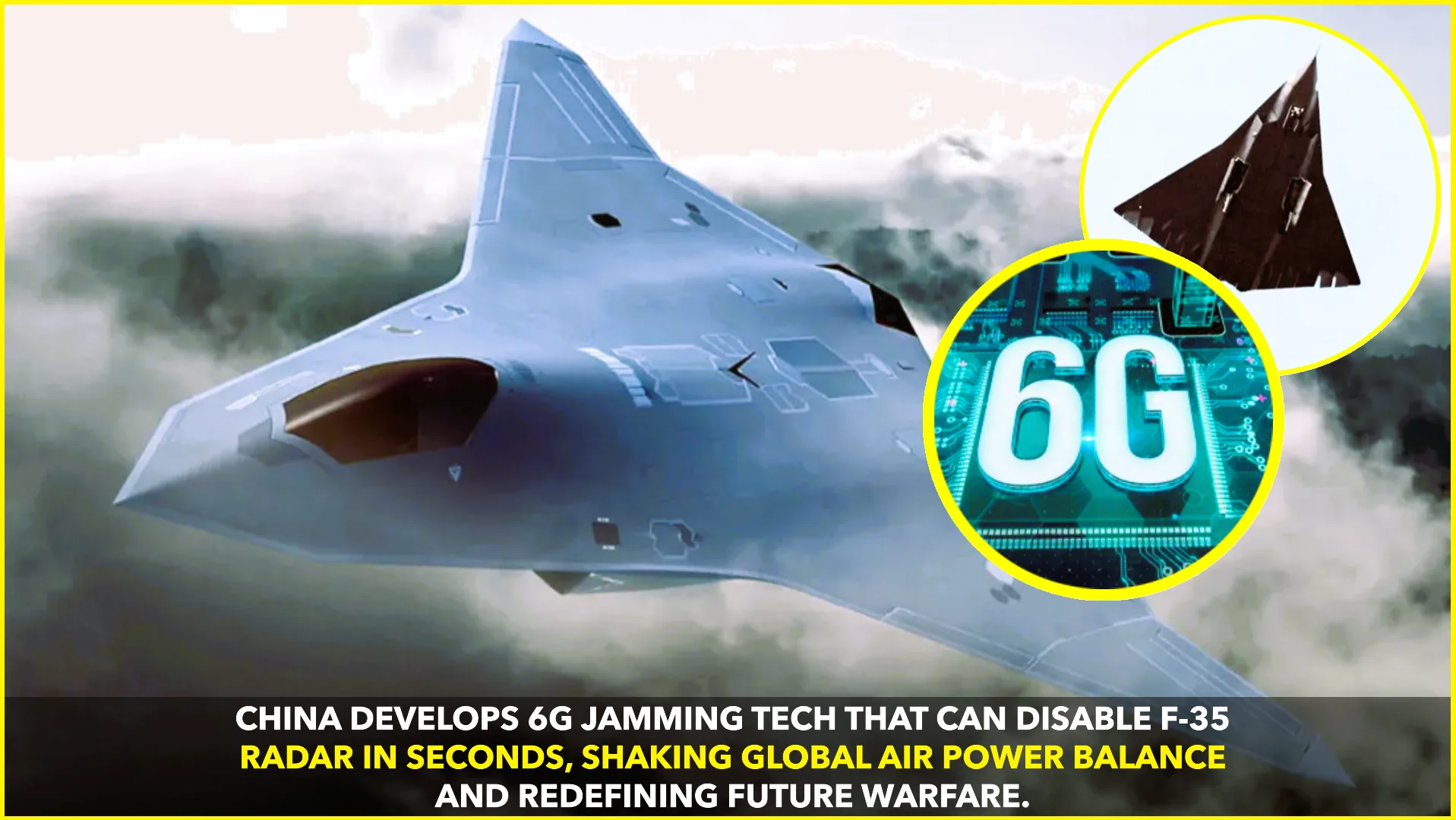The world of smartphones continues to evolve at breakneck speed, with each year bringing new innovations and advancements. Two of the most anticipated releases of 2025 are the Samsung Galaxy S25 and Google Pixel 9. Both devices are flagship models from their respective brands and come packed with cutting-edge technology. But how do they compare? Let’s dive into an in-depth analysis of their features, specifications, and performance to help you decide which smartphone is the best for you.
Design and Build Quality
Samsung Galaxy S25: Samsung has once again redefined elegance with the Galaxy S25. The device boasts a sleek, ultra-slim design with a titanium-aluminum chassis that ensures durability. The nearly bezel-less 6.9-inch Dynamic AMOLED display curves subtly around the edges, offering an immersive viewing experience. Furthermore, the phone is available in three premium colors: Phantom Black, Cloud Silver, and Mystic Blue.
Google Pixel 9: Google continues its minimalist design philosophy with the Pixel 9. The phone features a flat 6.7-inch OLED display with slim bezels and a matte glass back that feels comfortable in the hand. A striking new addition is the camera bar, which is slightly slimmer than its predecessor but still iconic. Moreover, it comes in Just Black, Clearly White, and Hazel Green.
Verdict: While both phones are aesthetically pleasing, the Galaxy S25’s futuristic design and premium materials give it a slight edge over the Pixel 9.
Display
Samsung Galaxy S25: The Galaxy S25’s 6.9-inch Dynamic AMOLED 3X display offers a 3200 x 1440 resolution, a 120Hz adaptive refresh rate, and an eye-searing peak brightness of 2,500 nits. As a result, the display is perfect for HDR10+ content and provides stunning color accuracy and deep blacks.
Google Pixel 9: The Pixel 9 features a 6.7-inch OLED display with a resolution of 3120 x 1440. It also supports a 120Hz refresh rate but caps brightness at 1,600 nits. While it’s vibrant and sharp, it doesn’t quite match the Galaxy S25 in terms of brightness or color depth.
Verdict: Samsung’s expertise in display technology puts the Galaxy S25 ahead of the Pixel 9 in this category.
Performance and Hardware
Samsung Galaxy S25: Under the hood, the Galaxy S25 is powered by the Exynos 2500 chipset (or Snapdragon 8 Gen 4 in select markets) paired with 12GB or 16GB of RAM. Additionally, the phone supports 1TB of internal storage, expandable via a microSD card—a rare feature in flagship smartphones these days.
Google Pixel 9: The Pixel 9 is equipped with Google’s latest Tensor G4 chip, optimized for AI and machine learning tasks. It comes with 8GB or 12GB of RAM and offers up to 512GB of internal storage. However, there’s no option for expandable memory.
Verdict: The Galaxy S25’s superior RAM and expandable storage make it the better choice for power users. On the other hand, the Tensor G4 excels in AI-driven applications.
Camera Performance
Samsung Galaxy S25: Samsung has taken mobile photography to the next level with a quad-camera setup: a 200MP primary sensor, a 50MP ultra-wide lens, a 30MP telephoto lens with 10x optical zoom, and a 12MP depth sensor. Moreover, night photography has been significantly improved thanks to advanced AI algorithms and larger pixel sizes.
Google Pixel 9: The Pixel 9 sticks to its tried-and-tested dual-camera setup but adds notable upgrades. It includes a 64MP main sensor and a 48MP ultra-wide lens. Google’s computational photography prowess ensures excellent image quality, especially in low-light conditions. The addition of RealTone and Photo Unblur features further enhances its camera capabilities.
Verdict: While the Galaxy S25 offers more versatility with its quad-camera system, the Pixel 9’s computational photography ensures it remains a strong contender for photo enthusiasts.
Software Experience
Samsung Galaxy S25: The Galaxy S25 runs on One UI 6, based on Android 14. Samsung’s interface is feature-rich and highly customizable. However, it can feel a bit bloated compared to stock Android.
Google Pixel 9: As expected, the Pixel 9 offers the purest form of Android 14. Pixel-exclusive features, such as Magic Eraser, Live Translate, and advanced AI tools, make it a delight for Android purists.
Verdict: If you prefer a clean, streamlined software experience, the Pixel 9 is the way to go. Nevertheless, One UI 6’s added functionalities may appeal to power users.
Battery Life and Charging
Samsung Galaxy S25: The Galaxy S25 is equipped with a 5,500mAh battery, offering excellent endurance. Furthermore, it supports 65W fast charging, 25W wireless charging, and reverse wireless charging for other devices.
Google Pixel 9: The Pixel 9 features a 4,800mAh battery, which provides decent battery life but falls short compared to the Galaxy S25. It supports 30W fast charging and 20W wireless charging.
Verdict: Samsung wins this round with a larger battery and faster charging speeds.
Connectivity and Additional Features
Samsung Galaxy S25:
- 5G support
- Wi-Fi 7
- Ultra-Wideband (UWB)
- In-display ultrasonic fingerprint sensor
- IP68 water and dust resistance
- S Pen compatibility
Google Pixel 9:
- 5G support
- Wi-Fi 6E
- Titan M3 security chip
- In-display optical fingerprint sensor
- IP68 water and dust resistance
Verdict: The Galaxy S25’s additional features, like Wi-Fi 7 and S Pen support, give it an advantage over the Pixel 9.
Pricing and Availability
Samsung Galaxy S25: The Galaxy S25 starts at $1,199 for the base model and goes up to $1,599 for the 1TB version. It’s available globally through Samsung’s website and major retailers.
Google Pixel 9: The Pixel 9 is priced more competitively, starting at $899 and maxing out at $1,099 for the highest storage variant. It’s available in select regions through Google’s official store and partner carriers.
Verdict: If budget is a concern, the Pixel 9 offers excellent value for money. However, the Galaxy S25 justifies its higher price with premium features.
Final Verdict
Who Should Buy the Samsung Galaxy S25?
- Users who prioritize display quality and brightness.
- Power users needing high RAM and expandable storage.
- Enthusiasts who value advanced camera versatility.
- Those who want a larger battery and faster charging.
Who Should Buy the Google Pixel 9?
- Android purists who prefer a clean software experience.
- Photography enthusiasts relying on computational photography.
- Budget-conscious buyers looking for flagship-level features.
Both the Samsung Galaxy S25 and Google Pixel 9 are exceptional smartphones in their own right. Consequently, your choice ultimately depends on your priorities—be it performance, design, photography, or software. Either way, you’re getting a top-tier device that will serve you well for years to come.










